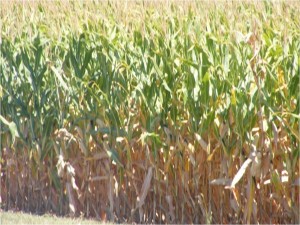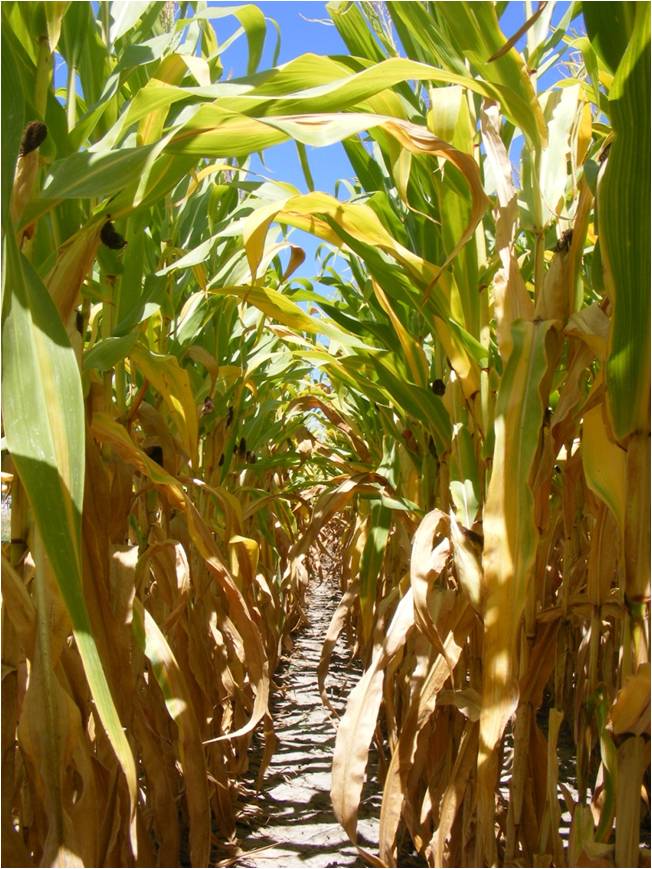

A few years back many said “August 15-25” was the right date to aerial seed cover crops into corn. However, we found out very quickly that “dates” cannot be set…but timing can be. While we know that August 15-25 often can be correct, we also know that following the calendar (like in the 2009 crop) can be a mistake. So let’s set a few guidelines that should help all of us have better success when aerial applying cover crops into standing corn.
Guidelines for success when aerial applying cover crops into standing corn:
- Aerial apply cover crops when the corn plant is dried approximately to the ear.
- Aerial apply cover crops when approximately 50% of the sunlight can reach the ground between the rows. (Walk in the field a few rows to determine this).
- For success, do not fly cover crops into corn that is immature (still very green). The seeds will most likely germinate and then mold (not enough sunlight to conduct photosynthesis and too moist of conditions).
When is it too late to aerial apply cover crop seed into standing corn?
- You need 5-6 weeks of growing time for cover crops going into the winter for best winterhardiness and performance.
- Winter Cereal Rye is more “flexible” than annual ryegrass or other cover crops when it comes to the lateness of application.
- If corn will be harvested soon after an aerial application can be made, consider the cost of other types of cover crop applications (i.e. drilling the cover crop in after harvest). Utilize the lesser expensive application.
Pingback: UW-Discovery Farms Program » Q&A on Cover Crops with Matt Ruark